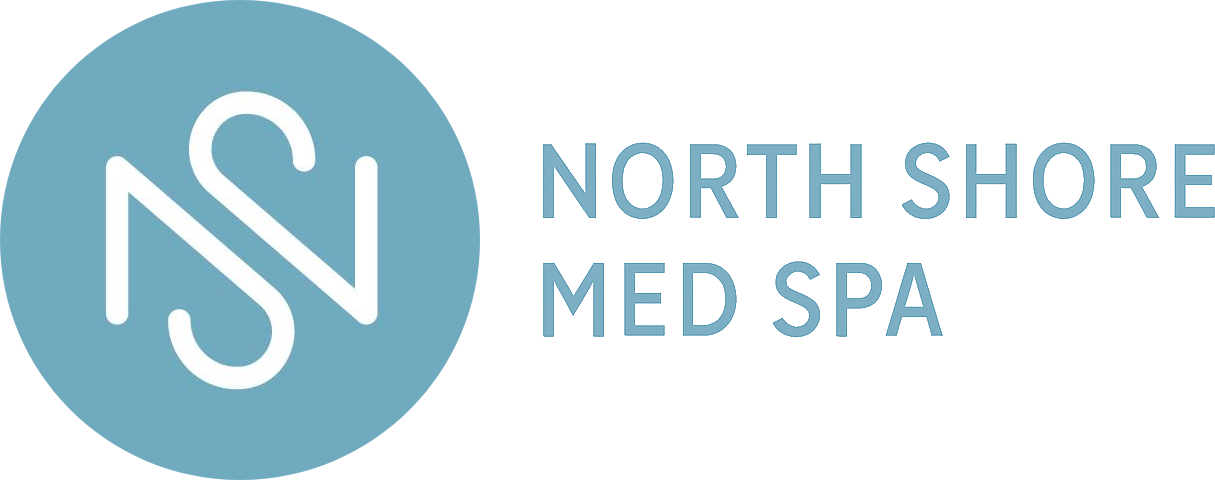A photofacial is an aesthetic, light-based therapy for the face that can treat pigmentation issues and reduce signs of aging. Photofacials are convenient and non-invasive and can produce a refreshing and rejuvenating appearance.
Photofacials are one of many aesthetic treatments offered at North Shore Med Spa on Long Island. Here’s what to expect during the first treatment session and how to request a consultation.
What Is a Photofacial?
A photofacial, also known as intense pulsed light (IPL) therapy, uses light energy to repair the skin and correct pigmentation issues. Photofacials can treat uneven skin tone, and they target only damaged tissues without harming nearby healthy tissues.
Rosacea, freckles, and age spots are some of many pigmentation conditions that can be treated with a photofacial. Other conditions that may benefit from this therapy include:
- Acne
- Birthmarks
- Stretch marks
- Broken blood vessels
- Spider veins
- Fine lines
- Scarring
- Sun damage
- Unwanted hair
How Does a Photofacial Work?
The light energy emitted during a photofacial targets tissues in the deepest layers of the skin to stimulate collagen production and the skin’s natural healing process. Collagen stimulation encourages the growth of new, healthy skin cells.
The multiple wavelengths of light emitted by a photofacial also targets the hyperactive skin cells, producing uneven pigmentation, which can help even out skin tone. As new skin cells form, pigmented areas are drawn to the skin’s surface and eventually flake off (like with exfoliation) to reveal new, fresh, radiant skin underneath.
An average of three to five IPL treatment sessions are often needed to achieve desired results. Appointments are usually spaced about 30 days apart to give the skin enough time to heal and naturally exfoliate.
What Happens During a Photofacial?
Prior to getting their first photofacial, patients are typically advised to avoid sun exposure and tanning beds for at least two weeks. This is to ensure the best results possible and to reduce the risk of adverse effects, including burns, scarring, and changes in pigmentation.
Photofacial sessions usually last between 15 and 30 minutes. First, patients are given protective eyewear and instructed to lie down on a comfortable table. Then, an IPL technician will apply a cool gel to the treatment area to prep the skin for therapy. Next, a small handheld device is used to deliver light energy to the skin, which usually produces mild to no discomfort.
There may be some redness, blisters, or scabbing after a photofacial, which is completely normal. Pigmented areas may also look darker for a short time. These side effects usually resolve on their own within a week.
Benefits of a Photofacial
The benefits of photofacials are invaluable, as they can often resolve skin discoloration issues while boosting confidence and self-esteem in the process. Other long-lasting benefits of photofacial treatment include:
- Rejuvenated and younger-looking skin
- Slowed aging of the skin
- Smoother and softer skin
- Reduction in pore size
- Reduction in the appearance of fine lines and wrinkles
- Reduction in rosacea and redness
- Reduction of spider veins appearance
- Reduced scarring
- Minimal to no downtime
- Quick, easy, and relatively painless
- Long-lasting results
Photofacials can be combined with one or more other medical day spa services to help patients achieve their ideal look, such as with laser hair removal, skin tightening, or body contouring. A skincare specialist can perform an examination and recommend the best treatments.
North Shore Med Spa offers a wide range of aesthetic services, including Long Island photofacial treatment. Contact us today at (516) 441-5110 to request a consultation and learn more about our medical day spa services.

